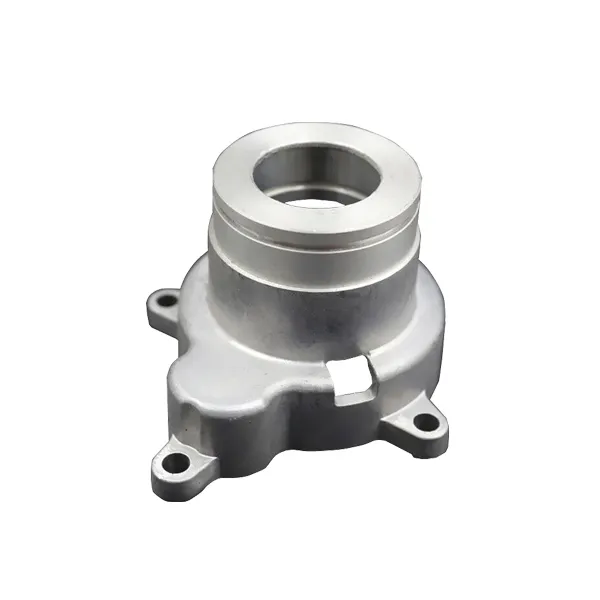
Lost wax casting is an ancient method of metal casting that dates back thousands of years. But in today’s modern world of advanced technology, is it still a relevant process? In this blog, we’ll explore the continued use of lost wax casting and how it fits into modern manufacturing.

Lost wax casting, also known as investment casting, is a process where a wax model of the desired object is created, covered in a ceramic or plaster mold, and then heated to melt the wax away, leaving a hollow mold. Molten metal is poured into the mold, and once it cools and solidifies, the mold is broken away to reveal the metal object. This process allows for highly detailed and precise metal parts.
Yes, lost wax casting is still widely used today. While technology has evolved, this method remains popular for producing intricate metal parts that require high accuracy. Lost wax casting is commonly used in industries such as aerospace, automotive, jewelry making, and art, where precision and detail are crucial.
The primary advantage of lost wax casting is its ability to produce complex shapes with fine details that would be difficult or impossible to achieve through other manufacturing methods. It also allows for the casting of metals that have high melting points, such as steel, bronze, and titanium. Additionally, lost wax casting produces minimal waste, as excess metal can be melted down and reused.
Modern technology has enhanced the lost wax casting process in many ways. For example, 3D printing is now often used to create wax patterns, increasing the precision and speed of production. Computer-aided design (CAD) software allows for intricate designs to be easily modeled and translated into castable objects. Despite these technological advances, the core principles of lost wax casting remain unchanged.
Lost wax casting is essential in a variety of industries. In the jewelry industry, it’s used to create intricate rings, bracelets, and necklaces. In aerospace and automotive industries, it’s employed to produce high-performance components that require exact specifications. Even in art, sculptures and statues are often cast using this method due to its ability to capture fine details.
While lost wax casting can be more time-consuming than some other methods, it’s cost-effective when producing small quantities of highly detailed parts. For large-scale production, other casting methods like die casting might be more efficient. However, for custom or complex designs, lost wax casting offers a balance of precision and cost-effectiveness.
Although lost wax casting is often associated with small, detailed objects like jewelry, it can also be used for larger parts. By creating multiple molds or larger wax models, it’s possible to cast sizable components such as turbine blades, valves, and large sculptures. However, the complexity and size of the part can impact the cost and time required.
Lost wax casting is relatively sustainable compared to other casting methods. The wax used in the process can often be reused, and metal waste is minimal. Additionally, the ceramic molds used in the process are often biodegradable. However, like all manufacturing processes, it does consume energy and resources, so the environmental impact depends on the scale and materials used.
There are several alternatives to lost wax casting, such as sand casting, die casting, and CNC machining. Each method has its advantages depending on the part being produced. However, for items that require intricate designs, smooth finishes, or high precision, lost wax casting remains the best option in many cases.
Yes, lost wax casting is still very much in use today. While advancements in technology have introduced new methods and alternatives, lost wax casting remains an indispensable process for industries that require precision and detail. From jewelry making to aerospace components, this ancient technique continues to thrive in the modern world of manufacturing.
Ningbo Yinzhou Keming Machinery Manufacturing Co., Ltd. is a company that specializes in providing quality Lost Wax Casting to clients worldwide. Visit our website at https://www.kmcast.com/ to learn more about our products.